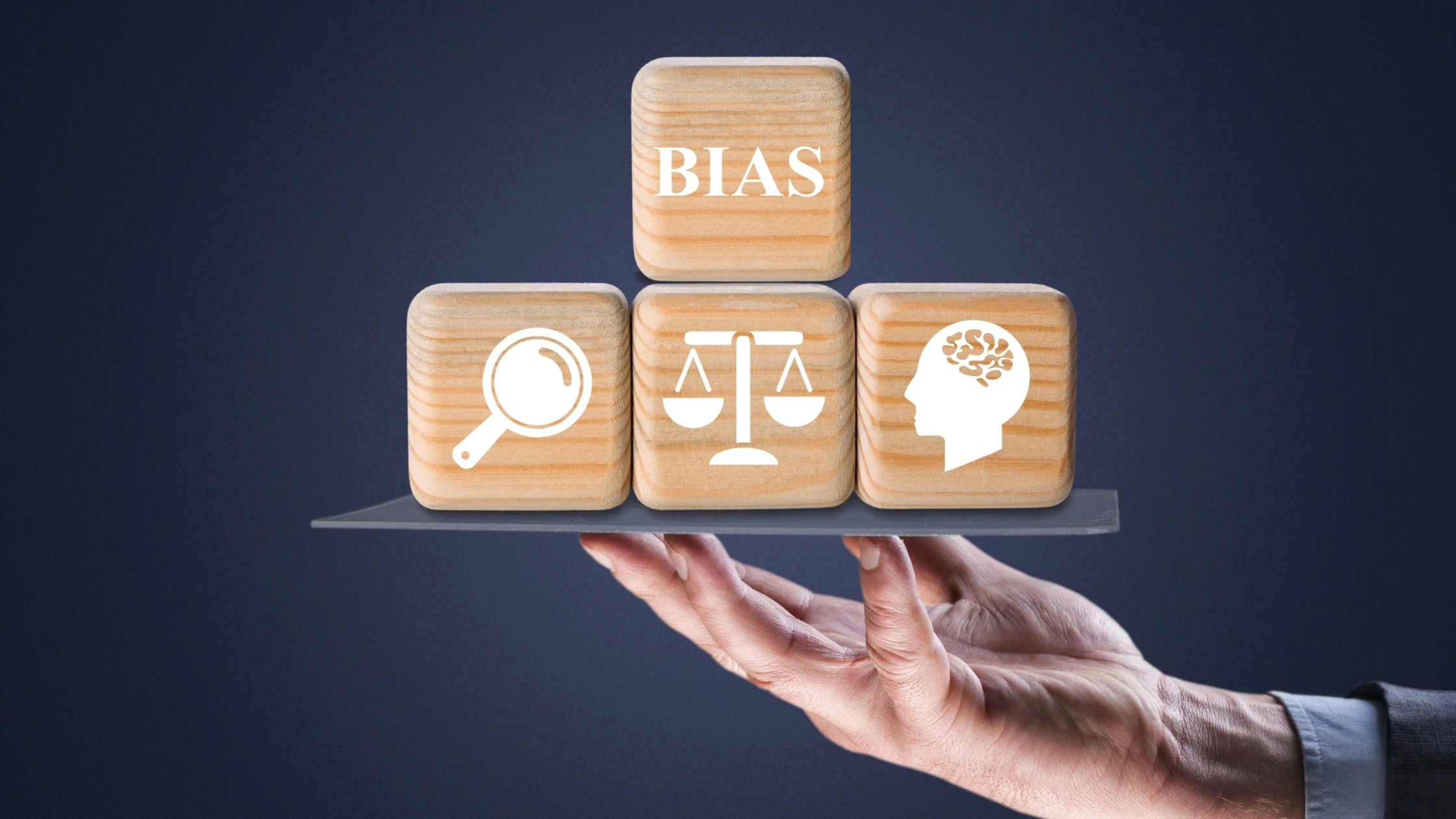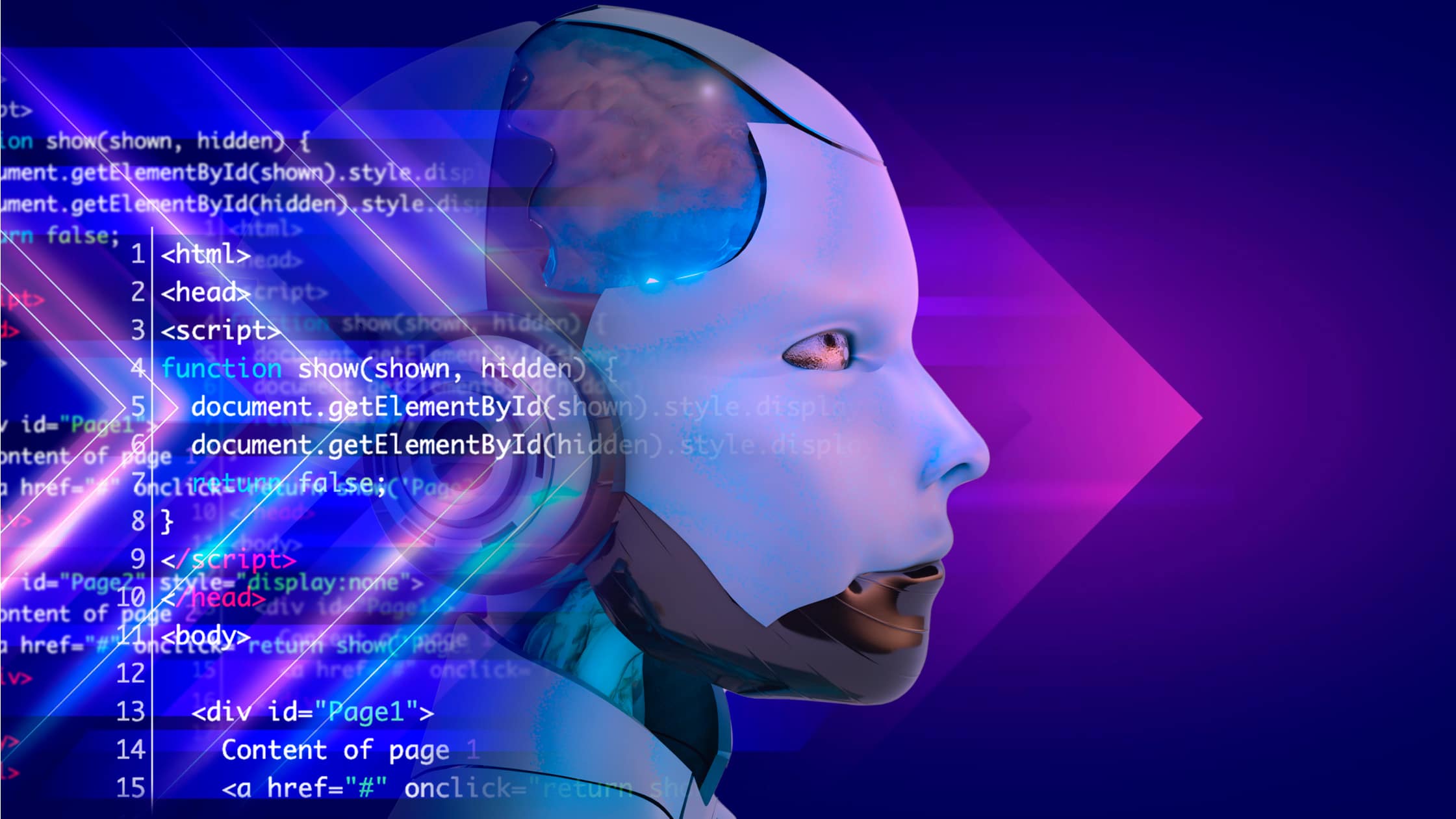Bias mitigation refers to the strategies, techniques, and processes used to reduce or eliminate unfair bias in decision-making systems, especially those involving data, artificial intelligence (AI), and human judgment. The goal is to ensure that outcomes are more equitable, objective, and accurate for all groups, regardless of gender, race, age, socioeconomic status, or other attributes.
Why is Bias Mitigation Important?
Whether in data, algorithms, or human decisions, bias can lead to unfair treatment, discrimination, and poor outcomes. This can result in lost trust, legal issues, or missed opportunities in business. In AI systems, unchecked bias may lead to harmful or unethical results. Bias mitigation helps build systems that are:
- Fair: Treat everyone equally and without favoritism.
- Transparent: Make decisions that can be explained and justified.
- Reliable: Produce consistent, data-driven results that reflect real-world situations.
Types of Bias
Sampling Bias
Sampling bias occurs when the data collected doesn’t accurately reflect the full population. If certain groups are overrepresented or underrepresented, the model may produce skewed or unfair outcomes.
Label Bias
Label bias happens when human judgment introduces personal opinions or prejudices during data labeling. This can cause the model to learn and reproduce those same biases.
Measurement Bias
Measurement bias arises when the tools or methods used to collect data are flawed. Inaccurate instruments or inconsistent processes can distort the data and mislead the model.
Historical Bias
Historical bias is baked into data that reflects past inequalities or systemic discrimination. Even if the model is neutral, it can replicate unfair patterns from history.
Confirmation Bias
This bias happens when people or systems favor information that supports existing beliefs, ignoring evidence that challenges them. It limits objectivity in decision-making.
Algorithmic Bias
Algorithmic bias is introduced when a model learns from biased data or design flaws. Even with good intentions, the AI may generate unfair or discriminatory outcomes based on learned patterns.
Sources of Bias in AI and Machine Learning
Bias can emerge at various stages in an AI development pipeline. Understanding where bias originates is the first step to removing it.
-
Data Collection: The model will learn from those patterns if the dataset overrepresents one group.
-
Feature Selection: Choosing features correlated with sensitive attributes (like race or gender) can cause indirect bias.
-
Labeling: Human labelers may unknowingly introduce their own biases when categorizing or rating data.
-
Model Training: Algorithms may overfit biased data, reinforcing existing inequities.
-
Deployment: Bias can appear when models are deployed in environments different from their training context.
Common Areas Where Bias Mitigation Is Applied
Hiring & Recruitment
Bias in recruitment algorithms can lead to unfair treatment based on race, gender, or age. For example, a hiring model might learn from historical data that reflects a male-dominated workplace and reject qualified female candidates.
Healthcare
AI systems trained on non-diverse datasets may perform poorly for underrepresented groups in healthcare. This can result in misdiagnosis or inadequate care, such as when AI fails to identify skin conditions accurately on darker skin tones.
Finance
Lending models may embed socioeconomic or geographic bias, often penalizing certain groups unintentionally. For instance, applicants from lower-income ZIP codes might receive lower credit ratings despite being financially responsible.
Law Enforcement
Predictive policing tools can reinforce systemic bias if trained on data with historical discrimination. This may lead to increased surveillance in minority neighborhoods, even when crime rates do not justify it.
Advertising
Targeted advertising algorithms may amplify stereotypes by associating certain roles or products with specific demographics. For example, job ads for executive positions may be shown primarily to men, limiting visibility for qualified women.
Bias Mitigation Techniques
1. Pre-processing Methods
These are applied before the model is trained.
- Rebalancing Data: Ensuring all groups are fairly represented.
- Data Anonymization: Removing personally identifiable information or sensitive features.
- Synthetic Data Generation: Creating additional examples to fill representation gaps.
2. In-processing Methods
These happen during the model training process.
- Fairness Constraints: Algorithms are adjusted to treat different groups equally.
- Adversarial Debiasing: A technique where a second model tries to detect bias, forcing the main model to reduce it.
3. Post-processing Methods
Used after the model is trained and predictions are made.
- Outcome Adjustment: Tweaking results to reduce disparities.
- Equal Opportunity Calibration: Ensuring that accurate favorable rates are similar across groups.
Best Practices for Bias Mitigation
Diverse Teams
Bringing together people from different backgrounds, cultures, and experiences helps identify potential biases early in development. Diverse teams are likelier to spot blind spots that homogeneous groups may overlook.
Transparent Reporting
Documenting and sharing how models perform across different demographic groups builds trust and accountability. It helps stakeholders understand whether the AI is fair and whether specific groups are being disadvantaged.
Regular Audits
Conducting routine checks on data and model outputs helps detect hidden biases and unintended shifts in behavior over time. These audits ensure that models stay fair and relevant as real-world conditions change.
User Feedback Loops
Creating systems that allow users to report errors or unfair outcomes provides ongoing insights into model performance. This feedback is essential for continually refining and improving the system.
Education & Training
Ensuring developers, product managers, and decision-makers are trained in identifying and mitigating bias fosters a culture of ethical awareness. Educated teams are better equipped to build responsible AI systems.
Key Metrics to Evaluate Bias
Disparate Impact
This metric looks at the ratio of outcomes between different groups. It helps identify if one group consistently receives favorable or unfavorable results compared to another, even when qualifications are similar.
Equal Opportunity
Equal opportunity focuses on comparing the accurate favorable rates across groups. It ensures that individuals who should receive a positive outcome (like loan approval or job selection) are treated fairly, regardless of group membership.
Demographic Parity
This metric checks whether positive outcomes are equally likely across all demographic groups. It highlights imbalances in representation, such as if one group receives significantly more approvals than others.
Predictive Parity
Predictive parity assesses whether the model’s predictions are equally accurate across different groups. It ensures that the likelihood of being correct is consistent, regardless of a person’s background or attributes.
Calibration Error
Calibration error measures the gap between predicted probabilities and actual outcomes within each group. It helps determine if the model is over- or under-confident in its predictions for specific populations.
Challenges in Bias Mitigation
- Trade-offs Between Accuracy and Fairness: Making a model fairer may sometimes reduce accuracy.
- Lack of Diverse Data: Many datasets are skewed or incomplete.
- Hidden Bias: Some bias is subtle and hard to detect.
- Conflicting Definitions of Fairness: Not all stakeholders agree on what is “fair”.
- Changing Social Norms: What is fair today may not be considered fair tomorrow.
Steps to Build a Bias-Resistant System
Define Fairness Criteria
Start by clearly defining fairness within your specific context or industry. Fairness isn’t one-size-fits-all—it depends on who’s affected, the use case, and the potential risks involved.
Collect Diverse Data
Gather data that reflects a broad range of users and experiences. Ensuring diverse representation helps prevent the model from learning skewed patterns that favor one group over another.
Audit Your Data
Carefully examine your dataset for imbalances, missing values, or overrepresented categories. Early detection of bias in data is critical to building a system that treats all users equitably.
Select Appropriate Algorithms
Choose models and training strategies that are known to perform well under fairness constraints. Some algorithms are more interpretable or flexible in adapting to fairness-aware techniques.
Apply Debiasing Techniques
Incorporate debiasing methods before, during, or after model training. These techniques help minimize unfair patterns and promote more equitable predictions.
Validate and Monitor
Evaluate the system’s performance regularly using fairness metrics and real-world testing. Ongoing monitoring helps catch bias drift and adapt the model over time.
Engage Stakeholders
Include legal experts, ethicists, community representatives, and affected users in the design process. Their input helps ensure the system aligns with ethical norms and public expectations.
Bias mitigation is an ongoing process, not a one-time task. Whether you’re working on AI systems, hiring processes, or customer-facing applications, reducing bias ensures fairness, builds trust, and drives better outcomes. By understanding where bias originates and using the right tools and methods, organizations can create systems that are not just smart but also just.



